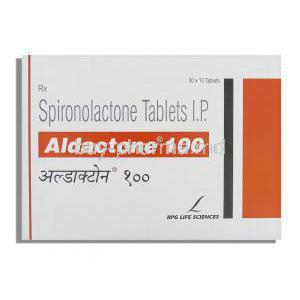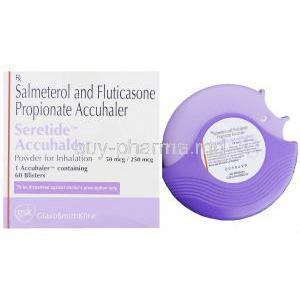Cetirizine
Uses
Cetirizine is used in the treatment of allergies and the symptoms it can cause.
How it Works
Cetirizine is an antihistamine- anti-allergy medicine. There is a natural substance produced in the body called histamine, histamine is stored in the mast cells throughout the body. When an allergic reaction occurs due to exposure of pollen, dust etc. , cells in the body release histamine, this causes histamine to bind to certain receptors in the body, which then leads to allergy symptoms. By taking Cetirizine histamine is prevented from binding to its receptors, which helps to provide relief from hay fever symptoms and allergies.
Common Side effects
Patients who take Cetirizine may suffer from such side effects;
Cough,
Headaches,
Vertigo and somnolence,
Uncomfortable feeling in the stomach,
Dry sensation affecting the inside of the mouth,
Diarrhoea,
Drowsiness,
Dry mouth,
Fatigue,
Stomach pain,
Vomiting
Phenylephrine
Uses
Phenylephrine is used in the treatment of nasal congestion, pupil dilation and low blood pressure that can occur during different type of anesthesia
How it Works
Phenylephrine works by decreasing swelling in the blood vessels of the nose and ears, thus lessening discomfort and making it easier to breathe. Phenylephrine is also be used dilate the eyes prior to eye surgery.
Common Side effects
Patients who take Phenylephrine may suffer from such side effects;
Nausea,
Vomiting,
Headache,
Palpitations,
Increased blood pressure,
Increased heart rate,
Irregular Heart beat
Paracetamol
Uses
Paracetamol is used in the treatment of reducing fever, and relieving pain such as headache, pain during menstruation, arthralgia, myalgia, dental pain and post operative pain.
How it Works
Paracetamol inhibits and blocks the production of pain and inflammation-causing chemicals called prostaglandins. Prostaglandins are found throughout the body, but paracetamol mainly works on those in the brain that are responsible for pain and fever.
Common Side effects
Patients who take Paracetamol may suffer from such side effects;
Allergic reaction,
Liver damage,
Diarrhoea
Menthol
Uses
Menthol is used in the treatment of itching, dermatitis and eczema.
How it Works
Menthol works by activating the cold-sensitive TRPM8 receptors in the skin. Menthol, causes a feeling of coolness due to stimulation of cold receptors by inhibiting Ca++ currents of neuronal membranes. Menthol may also yield analgesic properties via kappa-opioid receptor agonism.
Common Side effects
Some of the potential side effects of Menthol can include the symptoms below;
Balance disorder,
Vomiting,
Altered heart rate,
Drowsiness,
Hypersensitivity reaction,
Nausea,
Abdominal pain,
Contact dermatitis,
Skin irritation,
Apnea,
Nystagmus,
Vertigo


















